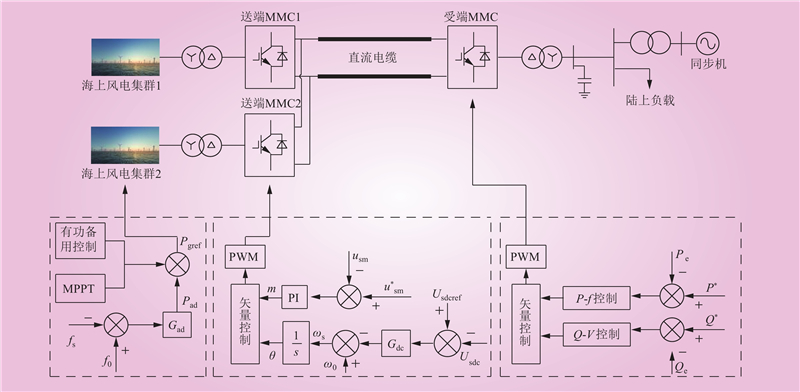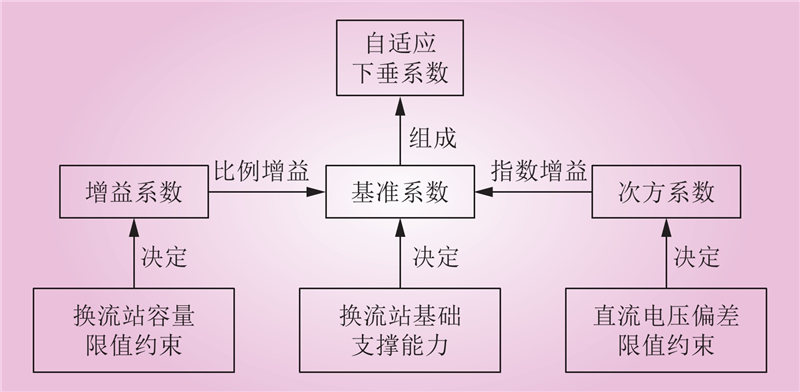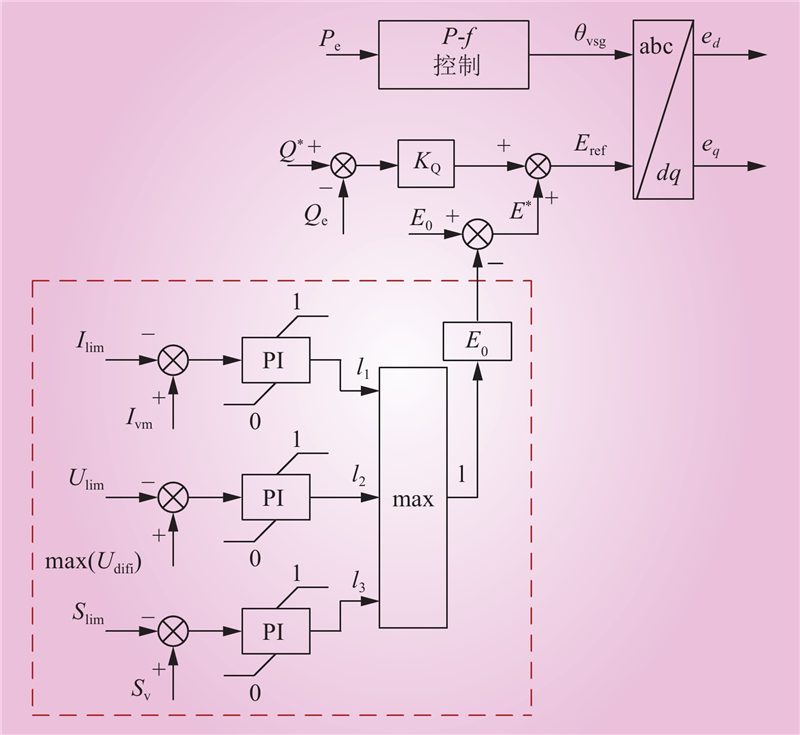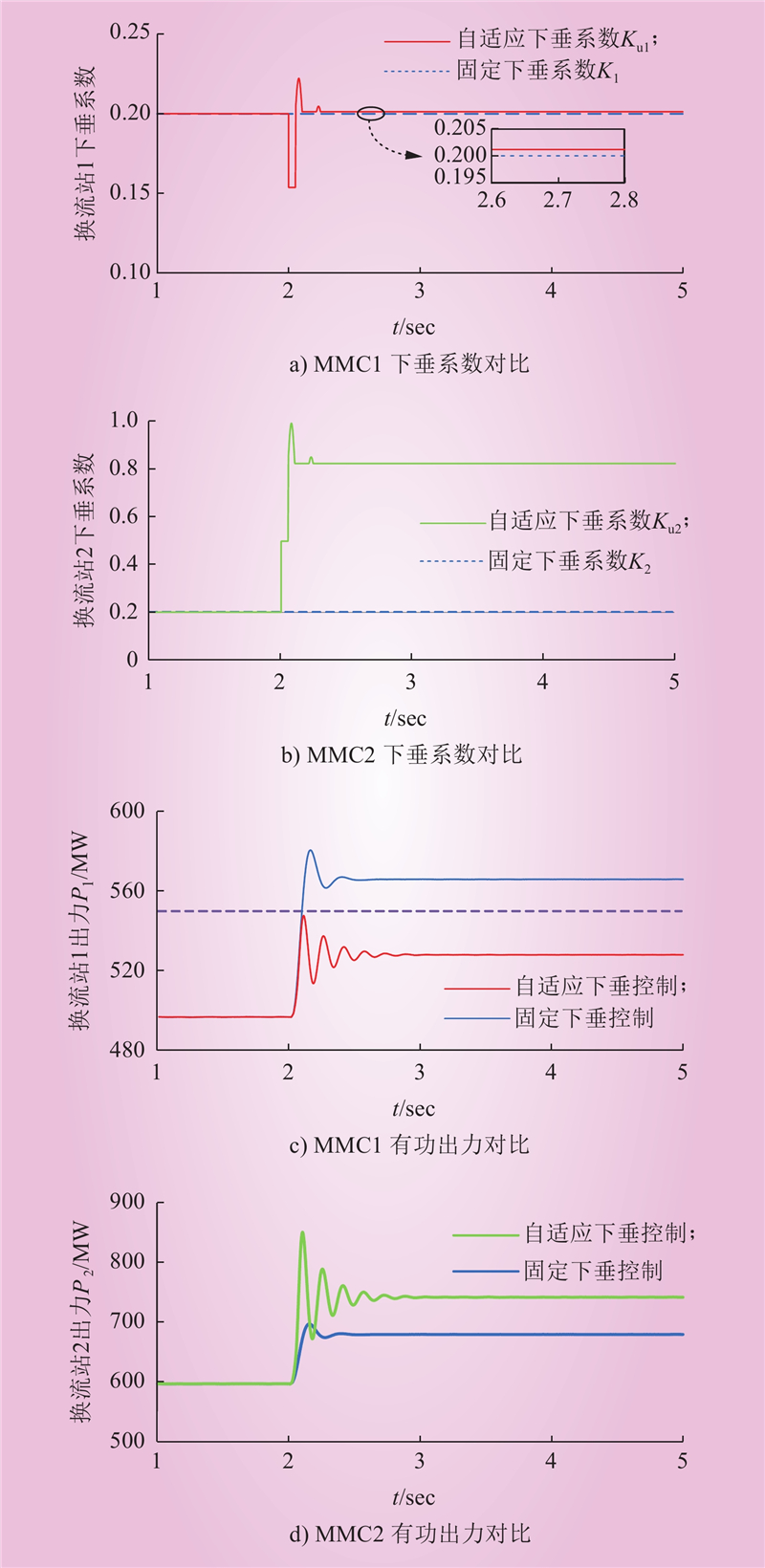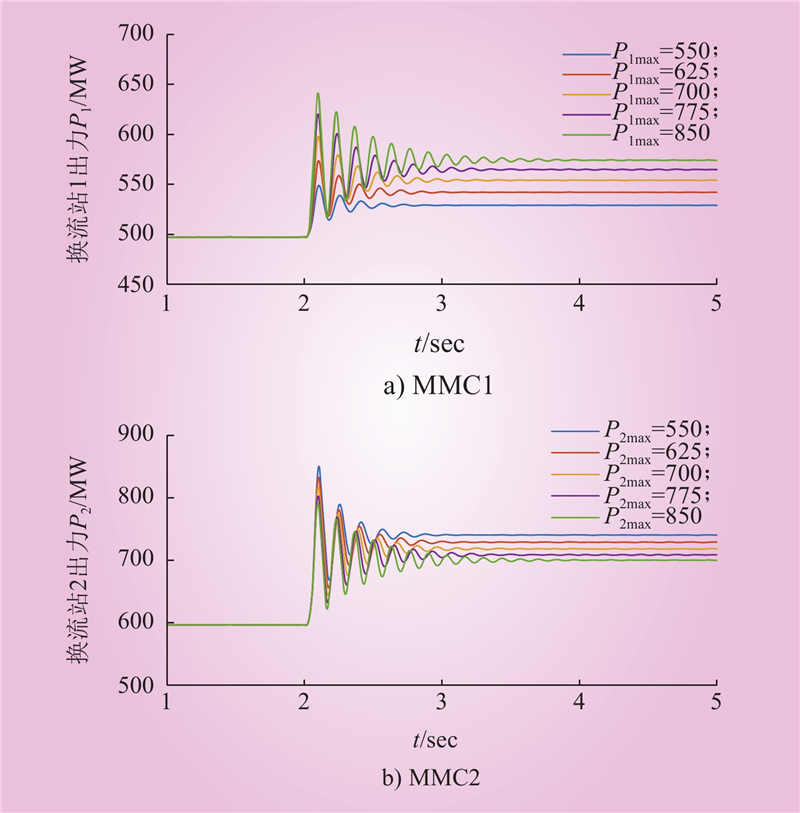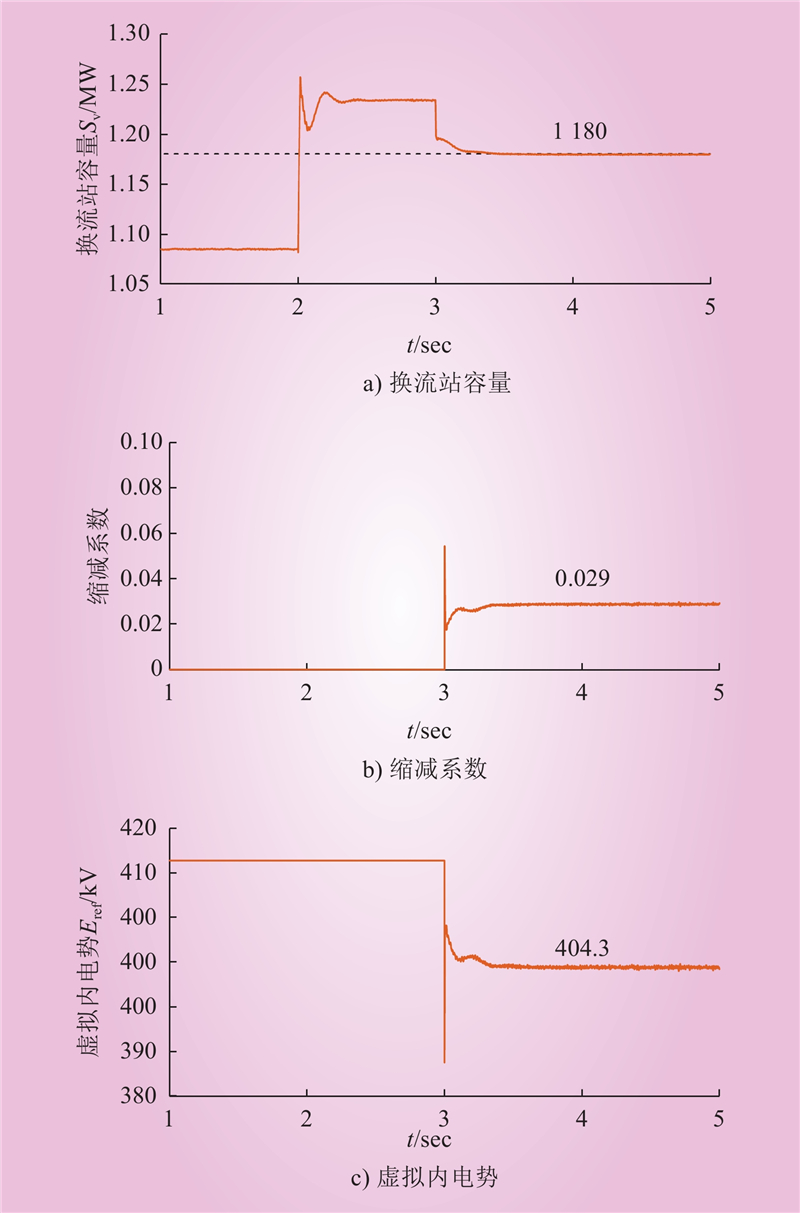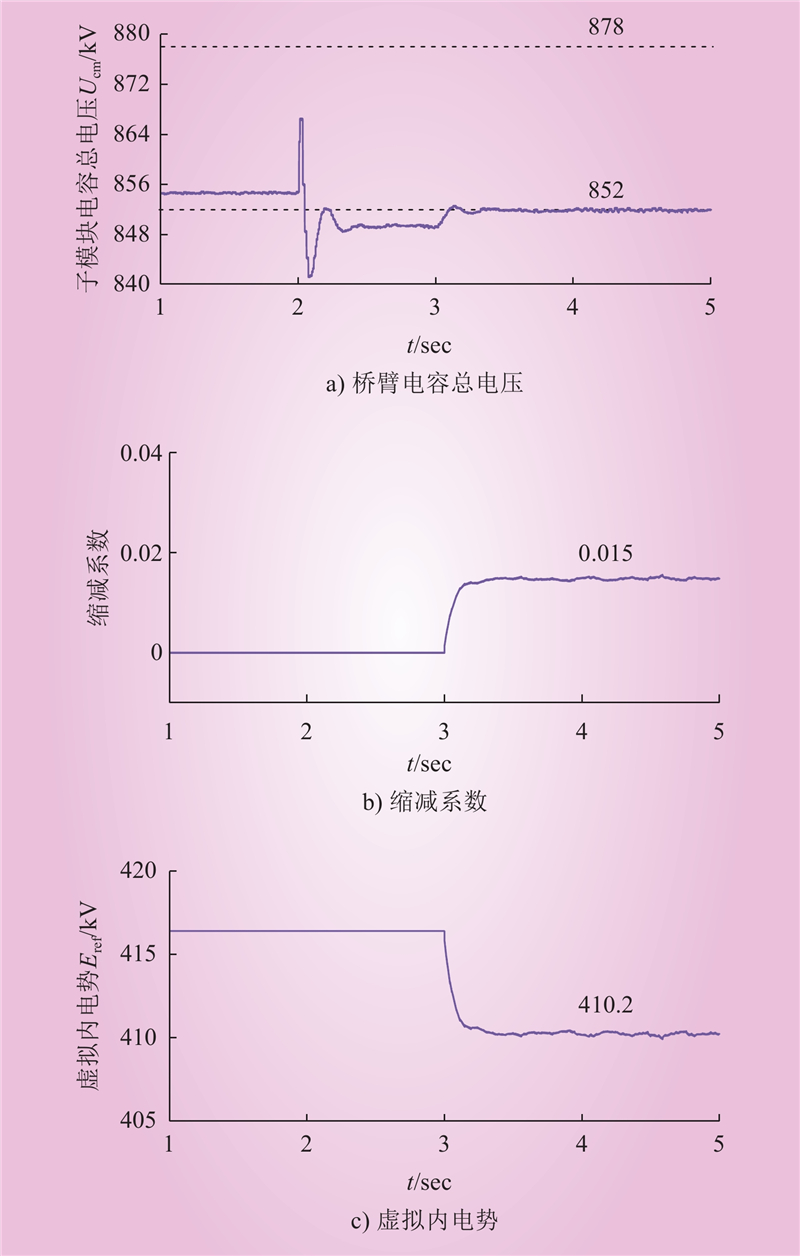| 1 |
谭显东, 刘俊, 徐志成, 等. “双碳” 目标下“十四五” 电力供需形势[J]. 中国电力, 2021, 54 (5): 1- 6.
|
|
TAN Xiandong, LIU Jun, XU Zhicheng, et al. Power supply and demand balance during the 14th five-year plan period under the goal of carbon emission peak and carbon neutrality[J]. Electric Power, 2021, 54 (5): 1- 6.
|
| 2 |
杨铎烔, 俞靖一, 葛俊, 等. 海上风电场自适应多目标无功优化控制策略[J]. 电力工程技术, 2024, 43 (3): 121- 129.
|
|
YANG Duotong, YU Jingyi, GE Jun, et al. Adaptive multi-objective reactive power optimization control strategy for offshore wind farms[J]. Electric Power Engineering Technology, 2024, 43 (3): 121- 129.
|
| 3 |
BEERTEN J, COLE S, BELMANS R. Modeling of multi-terminal VSC HVDC systems with distributed DC voltage control[J]. IEEE Transactions on Power Systems, 2014, 29 (1): 34- 42.
DOI
|
| 4 |
杨舒婷, 陈新, 黄通, 等. 考虑MMC环流控制的海上风电经柔直送出系统阻抗塑造方法[J]. 中国电力, 2023, 56 (4): 38- 45.
|
|
YANG Shuting, CHEN Xin, HUANG Tong, et al. Impedance modeling method of offshore wind farm integration through MMC-HVDC with MMC circulation control[J]. Electric Power, 2023, 56 (4): 38- 45.
|
| 5 |
SUN K Q, LI K J, LEE W J, et al. VSC-MTDC system integrating offshore wind farms based optimal distribution method for financial improvement on wind producers[J]. IEEE Transactions on Industry Applications, 2019, 55 (3): 2232- 2240.
DOI
|
| 6 |
成云朋, 李建华, 蔡寿国, 等. 考虑损耗的永磁风力发电系统改进功率反馈法最大风能跟踪控制[J]. 中国电力, 2023, 56 (10): 62- 70.
|
|
CHENG Yunpeng, LI Jianhua, CAI Shouguo, et al. Improved maximum power point tracking control of power signal feedback method for permanent magnet synchronous generator considering loss[J]. Electric Power, 2023, 56 (10): 62- 70.
|
| 7 |
TENG F, STRBAC G. Assessment of the role and value of frequency response support from wind plants[J]. IEEE Transactions on Sustainable Energy, 2016, 7 (2): 586- 595.
DOI
|
| 8 |
CASTRO L M, ACHA E. On the provision of frequency regulation in low inertia AC grids using HVDC systems[J]. IEEE Transactions on Smart Grid, 2016, 7 (6): 2680- 2690.
DOI
|
| 9 |
GUO C Y, ZHAO C Y. Supply of an entirely passive AC network through a double-infeed HVDC system[J]. IEEE Transactions on Power Electronics, 2010, 25 (11): 2835- 2841.
DOI
|
| 10 |
ZHANG L D, HARNEFORS L, NEE H P. Modeling and control of VSC-HVDC links connected to island systems[J]. IEEE Transactions on Power Systems, 2011, 26 (2): 783- 793.
DOI
|
| 11 |
李国庆, 刘先超, 辛业春, 等. 含高比例新能源的电力系统频率稳定研究综述[J]. 高电压技术, 2024, 50 (3): 1165- 1181.
|
|
LI Guoqing, LIU Xianchao, XIN Yechun, et al. Research on frequency stability of power system with high penetration renewable energy: a review[J]. High Voltage Engineering, 2024, 50 (3): 1165- 1181.
|
| 12 |
BIANCHI F D, DOMNGUEZ-GARCA J L. Coordinated frequency control using MT-HVDC grids with wind power plants[J]. IEEE Transactions on Sustainable Energy, 2016, 7 (1): 213- 220.
DOI
|
| 13 |
SILVA B, MOREIRA C L, SECA L, et al. Provision of inertial and primary frequency control services using offshore multiterminal HVDC networks[J]. IEEE Transactions on Sustainable Energy, 2012, 3 (4): 800- 808.
DOI
|
| 14 |
PHULPIN Y. Communication-free inertia and frequency control for wind generators connected by an HVDC-link[J]. IEEE Transactions on Power Systems, 2012, 27 (2): 1136- 1137.
DOI
|
| 15 |
ADEUYI O D, CHEAH-MANE M, LIANG J, et al. Fast frequency response from offshore multiterminal VSC–HVDC schemes[J]. IEEE Transactions on Power Delivery, 2017, 32 (6): 2442- 2452.
DOI
|
| 16 |
严干贵, 贾希浩, 王玉鹏, 等. 动态响应误差驱动的风机并网变流器控制参数辨识方法[J]. 东北电力大学学报, 2023, 43 (3): 1- 8, 101.
|
|
YAN Gangui, JIA Xihao, WANG Yupeng, et al. Control parameter identification method of wind turbine grid-connected converter driven by dynamic response error[J]. Journal of Northeast Electric Power University, 2023, 43 (3): 1- 8, 101.
|
| 17 |
ZHONG Q C, WEISS G. Synchronverters: inverters that mimic synchronous generators[J]. IEEE Transactions on Industrial Electronics, 2011, 58 (4): 1259- 1267.
DOI
|
| 18 |
ZHU J B, BOOTH C D, ADAM G P, et al. Inertia emulation control strategy for VSC-HVDC transmission systems[J]. IEEE Transactions on Power Systems, 2013, 28 (2): 1277- 1287.
DOI
|
| 19 |
YANG R X, SHI G, CAI X, et al. Autonomous synchronizing and frequency response control of multi-terminal DC systems with wind farm integration[J]. IEEE Transactions on Sustainable Energy, 2020, 11 (4): 2504- 2514.
DOI
|
| 20 |
BEERTEN J, COLE S, BELMANS R. Generalized steady-state VSC MTDC model for sequential AC/DC power flow algorithms[J]. IEEE Transactions on Power Systems, 2012, 27 (2): 821- 829.
DOI
|
| 21 |
ADAM G P, ANAYA-LARA O, BURT G. Steady-state and transient performance of DC transmission systems based on HVDC technology[C]//9th IET International Conference on AC and DC Power Transmission (ACDC 2010). London, UK. IET, 2010: 1–5.
|
| 22 |
ZHANG Z R, XU Z, JIANG W, et al. Operating area for modular multilevel converter based high-voltage direct current systems[J]. IET Renewable Power Generation, 2016, 10 (6): 776- 787.
DOI
|
| 23 |
宁显华, 潘欢, 李峰, 等. 基于线路电阻观测值的直流微电网改进下垂控制策略研究[J]. 电力系统保护与控制, 2024, 52 (11): 42- 51.
|
|
NING Xianhua, PAN Huan, LI Feng, et al. An improved droop control strategy for a DC microgrid based on line resistance observations[J]. Power System Protection and Control, 2024, 52 (11): 42- 51.
|
| 24 |
姚良忠, 吴婧, 王志冰, 等. 未来高压直流电网发展形态分析[J]. 中国电机工程学报, 2014, 34 (34): 6007- 6020.
|
|
YAO Liangzhong, WU Jing, WANG Zhibing, et al. Pattern analysis of future HVDC grid development[J]. Proceedings of the CSEE, 2014, 34 (34): 6007- 6020.
|
| 25 |
任冲, 柯贤波, 王吉利, 等. 高比例新能源电网新能源功率优化分配方法[J]. 电力工程技术, 2022, 41 (3): 110- 117.
DOI
|
|
REN Chong, KE Xianbo, WANG Jili, et al. New energy power optimal distribution method for high proportion new energy power grid[J]. Electric Power Engineering Technology, 2022, 41 (3): 110- 117.
DOI
|
| 26 |
杨婧颖, 王武林, 张明敏, 等. 考虑分布式光伏和储能参与的配电网电压分层控制方法[J]. 电力科学与技术学报, 2023, 38 (5): 111- 120, 215.
|
|
YANG Jingying, WANG Wulin, ZHANG Mingmin, et al. Voltage hierarchical control method of distribution network considering distributed photovoltaic and energy storage[J]. Journal of Electric Power Science and Technology, 2023, 38 (5): 111- 120, 215.
|
| 27 |
张腊华, 邹晓松, 袁旭峰, 等. 基于B2B-MMC的柔性互联变电站改进型孤岛控制模式[J]. 南方电网技术, 2022, 16 (1): 41- 48.
|
|
ZHANG Lahua, ZOU Xiaosong, YUAN Xufeng, et al. Improved island control mode for flexible interconnected substation based on B2B-MMC[J]. Southern Power System Technology, 2022, 16 (1): 41- 48.
|
| 28 |
李付强, 汤茂东, 曲小慧, 等. 基于一致性理论的多源直流配网功率自适应控制策略[J]. 电力工程技术, 2023, 42 (3): 44- 52.
DOI
|
|
LI Fuqiang, TANG Maodong, QU Xiaohui, et al. An adaptive power control strategy in multi-source DC distribution networks based on consensus theory[J]. Electric Power Engineering Technology, 2023, 42 (3): 44- 52.
DOI
|
| 29 |
胡治国, 张磊冲, 司少康, 等. 基于电压下垂法的独立直流微网混合储能系统控制策略改进[J]. 智慧电力, 2022, 50 (9): 39- 44.
DOI
|
|
HU Zhiguo, ZHANG Leichong, SI Shaokang, et al. Improvement of hybrid energy storage system control strategy of independent DC microgrid based on voltage sag method[J]. Smart Power, 2022, 50 (9): 39- 44.
DOI
|
| 30 |
杨捷, 孙哲, 苏辛一, 等. 考虑振荡型功率的直流微电网储能系统无互联通信网络的多目标功率分配方法[J]. 发电技术, 2024, 45 (2): 341- 352.
DOI
|
|
YANG Jie, SUN Zhe, SU Xinyi, et al. A wireless multi-objective power sharing method for energy storage system in DC micro-grid considering oscillatory-type power[J]. Power Generation Technology, 2024, 45 (2): 341- 352.
DOI
|


